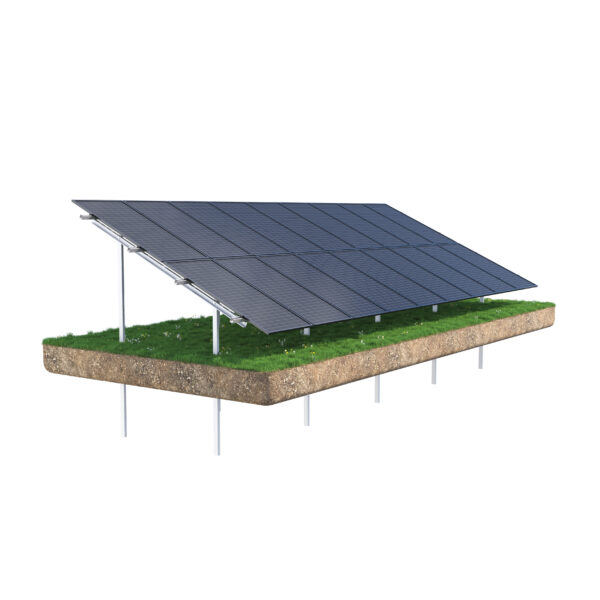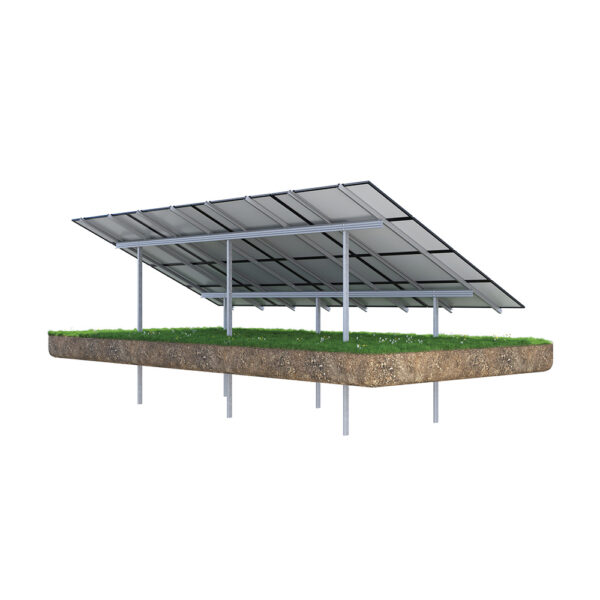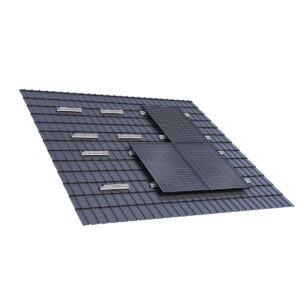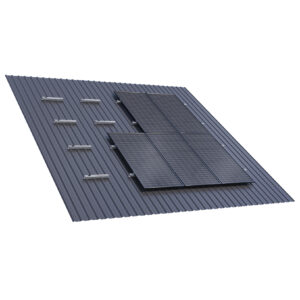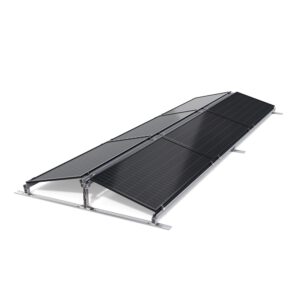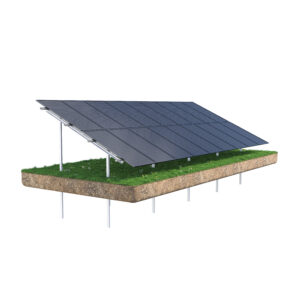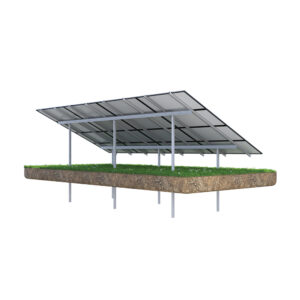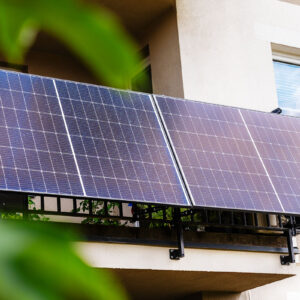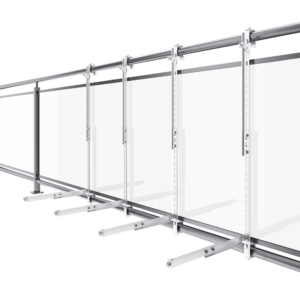Ground mounted systems
Ground-Mounted Structures for Photovoltaic Panels
Ground-mounted photovoltaics are an excellent solution for individuals and companies with available space outside the building, such as plots, fields, or wastelands. It is a flexible alternative to roof installations, allowing precise positioning of panels at an optimal angle to the sun, which maximizes their energy efficiency. At Enzeit, we offer solid and durable structures that guarantee stability, safety, and longevity, regardless of local weather conditions.
What are ground-mounted structures?
Ground-mounted photovoltaic structures are specially designed mounting systems that enable the stable and efficient installation of solar panels on open land. Unlike roof systems, ground-mounted structures require solid foundations that ensure proper stability even in challenging wind conditions or on uneven terrain. Depending on the soil specifics, different solutions are used – from driven steel piles to concrete foundations or ballast systems. The materials used in their construction, such as galvanized steel and aluminum, ensure high corrosion resistance and long-term operation.
Types of foundations used in ground-mounted structures:
- Steel piles – ideal for areas with soft soil, quick to install, and minimize land disturbance.
- Concrete foundations – recommended for areas with high load-bearing capacity, providing maximum stability even in extreme conditions.
- Ballast systems – used where it is not possible to drive piles or create concrete foundations, e.g., on rocky ground or in leased locations.
Ground-mounted structures – when is it worth using them?
Ground-mounted photovoltaics are the ideal solution when:
- you have available unused space with adequate sunlight,
- you want precise positioning of panels at an angle that maximizes their efficiency,
- you are planning a larger installation that exceeds the capacity of your roof,
- you want easy access to the installation for service and maintenance,
- you do not want to burden the roof structure or limit its functionality.
Optimization of panel tilt and orientation
To fully harness the potential of solar energy, precise positioning of the panels at the correct angle is crucial. In Poland, the optimal tilt angle is typically 30–40 degrees, and the orientation should be directed south to maximize sun exposure. Depending on the location and investor preferences, single- or dual-axis systems can also be used, which automatically follow the sun’s movement, increasing efficiency by up to 20–30%.
Ground-mounted PV structures – technical requirements
As with roof installations, ground-mounted structures must meet several technical requirements. Crucial aspects include proper foundation stability and resistance to weather conditions such as strong winds, snowfall, or soil erosion. The structure should also be properly designed for rainwater drainage and ease of maintenance. Maintaining the correct spacing between panels is also important to minimize shading and ensure proper air circulation, which contributes to longer panel lifespan.
Installation and maintenance of ground-mounted structures
Installing ground-based photovoltaic systems is usually more time-consuming than on a roof, due to the need to prepare the ground and build stable foundations. However, well-designed structures minimize the risk of future repairs and maintenance costs. At Enzeit, we use only proven solutions that are resistant to corrosion, UV radiation, and harsh weather conditions, allowing many years of trouble-free operation.
Cost and benefits of ground-mounted structures
The cost of a ground-mounted structure depends on many factors, such as the type of foundation, the characteristics of the terrain, and the number of panels. Despite higher initial costs, ground-mounted structures offer many benefits:
- flexibility in selecting the installation site,
- no limitations related to roof load-bearing capacity,
- easy scalability of the installation,
- optimal panel positioning for maximum energy output,
- stability even in extreme weather conditions.
Latest products and industry news

